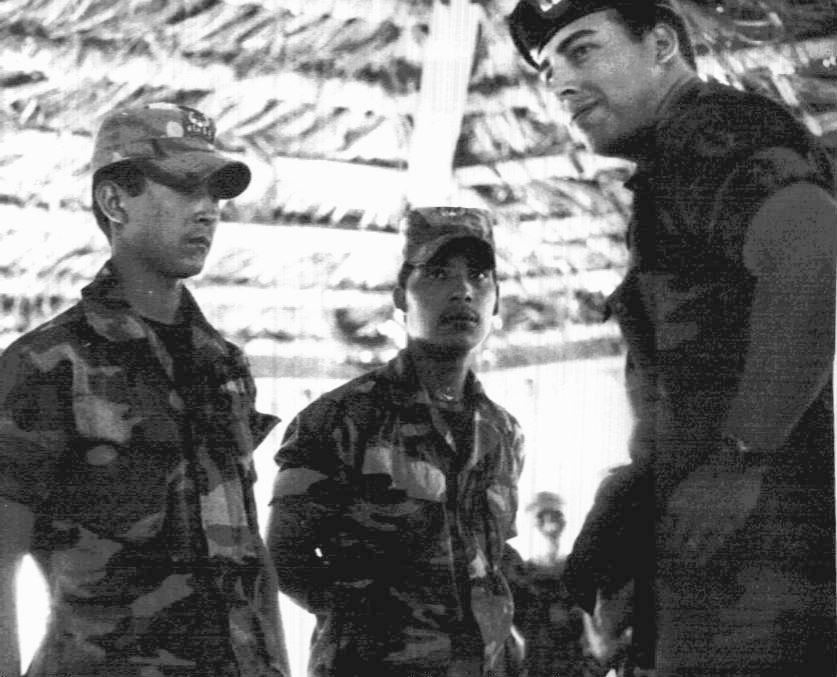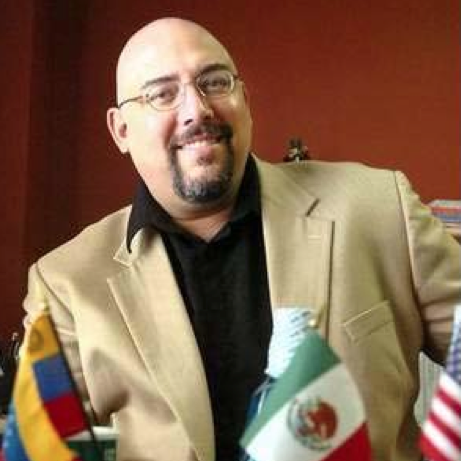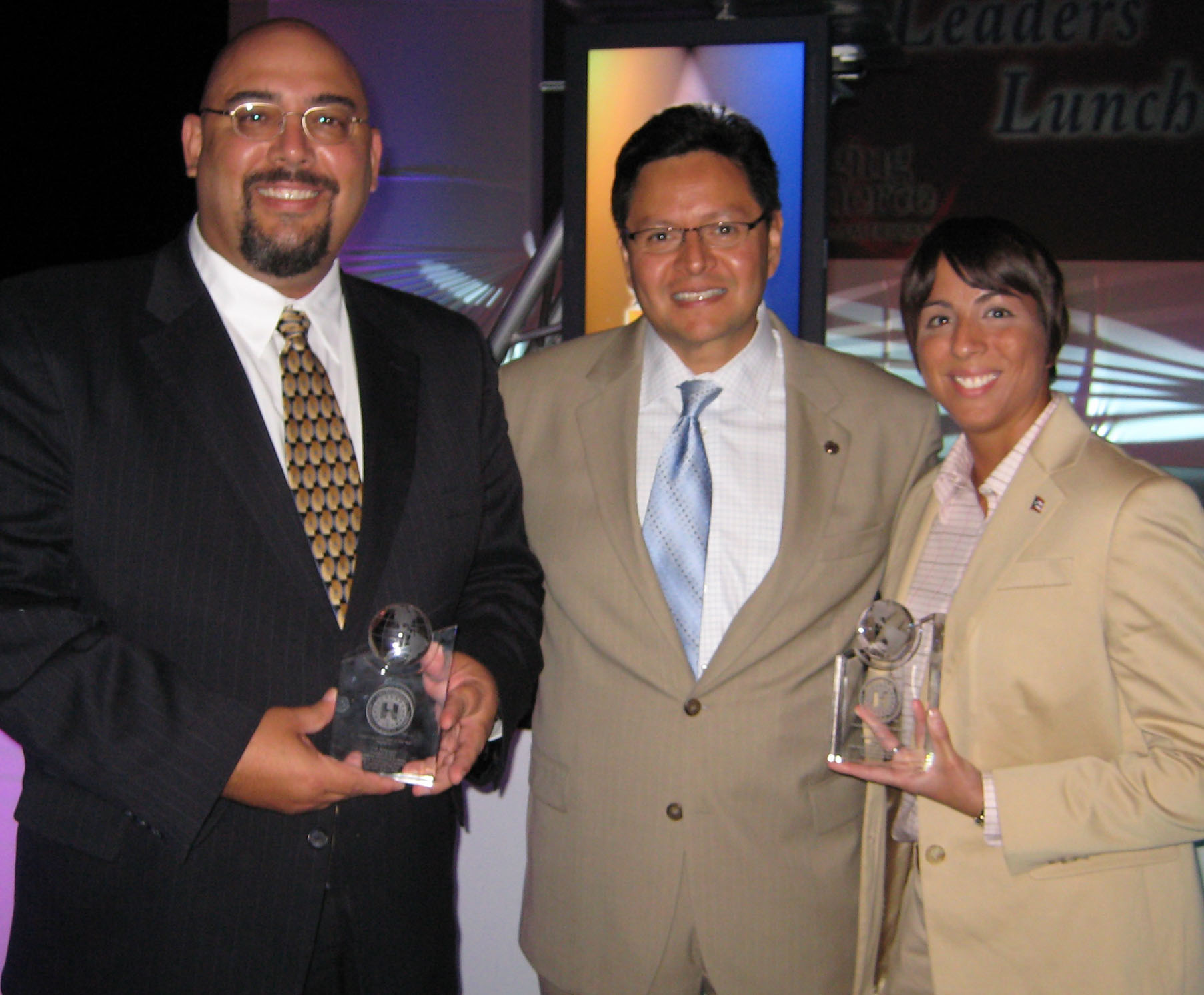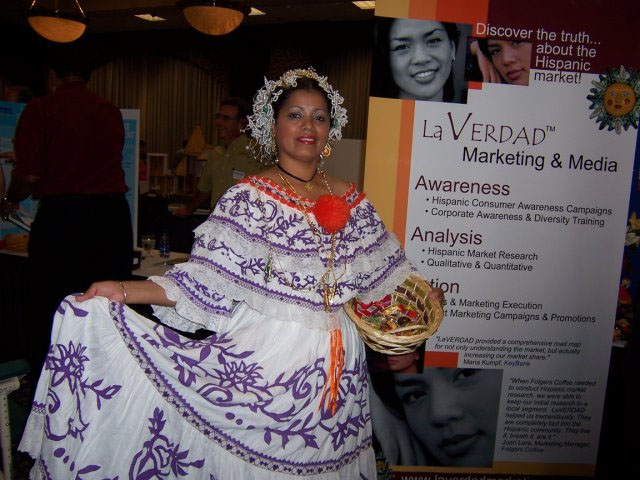The Cincinnati Enquirer
Mike Robinson came to Cincinnati via Procter & Gamble and the legendary Green Berets, the U.S. Army’s Special Forces unit. In 2003, he started LaVERDAD Marketing and Media, an agency that focused on marketing to Hispanic audiences.
Earlier this year, his firm was one of two Hispanic- owned businesses accepted into the Cincinnati USA Regional Chamber’s Minority Business Accelerator program. He recently spoke with reporter David Holthaus about his plans:
HOW DOES THE Minority Business Accelerator help you?
The MBA is meant to provide some guidance and expertise. The whole goal is to give you a team of advisers, a team of influencer’s who have an interest in growing the portfolio companies. Many businesses, in particular smaller minority businesses, may not have access to that guidance and expertise.
WHAT’S DIFFERENT about your agency?
We’re a full-service marketing, public relations and market research company that I learned to merge together when I was at Procter & Gamble. We focus on the core competency of the changing demographics in the United States. Not too many people were in that game a few years ago. We focus on cultural and linguistic competence. It was founded on my first career, which was commanding special forces teams in Latin America. So we take guerrilla marketing to a whole new level.
HOW HAS YOUR business changed in recent years?
Originally, it was just the Hispanic market. But P&G and others asked us to focus on the Asian market, the African American market and others. Now we’re focusing on Cincinnati. We just did the Downtown Cincinnati Perceptions survey. They called us to the table to get the multicultural perspective. And the Convention and Visitors Bureau asked us to do the design work for the Elks, Shriners and LULAC conventions. Toyota North America just tapped us to serve as media relations agency for the Hispanic media in the U.S., and we’re the multicultural agency for State Farm for Hispanic media in this region of the country.
HOW HAS YOUR audience changed?
It’s become a very technological market, and the social media space is becoming very important. But at the same time, there’s still the need to reach out in the grassroots manner. You still have to get out and make those commitments. We definitely have the traditional means of print and radio. In two weeks State Farm is a major sponsor of the Cincinnati Hispanic Festival, where we’ll get a tremendous amount of contact with consumers.
HOW HAVE YOU grown?
We’ve grown significantly in terms of revenues. We’re in downtown Montgomery, but we’ve just grown out of it. I’m looking at potential property acquisition downtown. In the last five years, our growth has exceeded triple digits, and over the next two or three years, we’ll probably double or triple our business.








